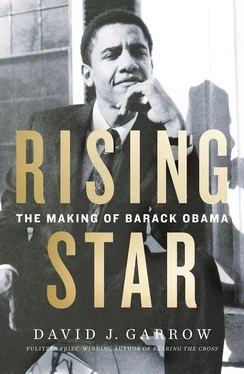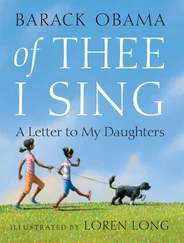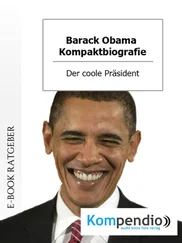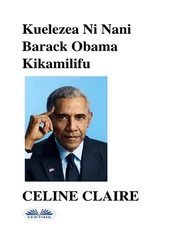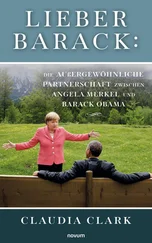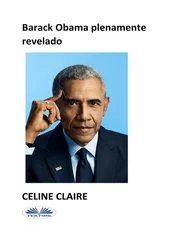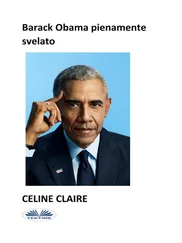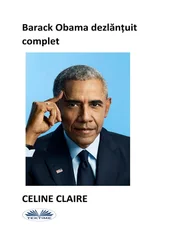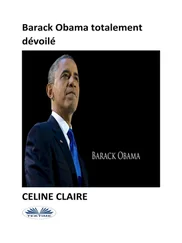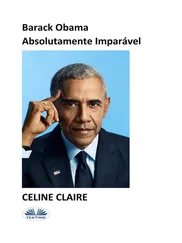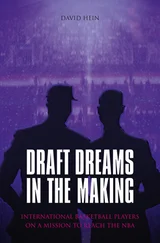Barry’s eighth-grade year featured one semester of Government and Living in a World of Change and one of Christian Ethics instead of social studies. “Biblical faith is placed in the context of the world in which we live” while examining “the relationship between faith and the everyday experiences of life,” Punahou’s catalog explained. For French, Barry had his former homeroom teacher, now Joyce Kang Torrey.
In the fall, a still-chubby Barry played defensive end on the intermediate football team coached by Pal Eldredge, his fifth-grade teacher. According to Punahou’s catalog, the yearlong science class stressed “human physiology and health … drug and sex education are part of the curriculum as the need and interest are manifested.” Toward the end of the school year, on April 30, an evening open house called “Science ’75” featured eighth graders’ second-semester science projects. Barry’s was titled “Effects of Music on Plants,” though his friend Mark Bendix’s “The Effect of Aerosol Spray on Plants” was probably easier to execute. 28
During Barry’s eighth-grade year, Ann finished her graduate coursework, passed her Ph.D. qualifying exams, and gave up the Poki Street apartment to return to Indonesia with four-year-old Maya. She and Lolo had informally separated in mid-1974, and Ann would later record that Lolo did not contribute to her or Maya’s support after that time, though her relationship with both him and his parents remained caring and cordial. With her departure from Honolulu, Barry moved back in with his grandparents, who in 1973 had moved from their twelfth-floor apartment to unit 1008 in the same building. Barry spent the summer of 1975 in Indonesia with Ann and Maya before returning to Honolulu in August before his ninth-grade year.
Punahou spoke of its four high school years as “the Academy,” and many new students entered for ninth grade, bringing each annual class to 400 to 425 students, or twenty homerooms of twenty students apiece. Barry’s new homeroom teacher was Eric Kusunoki, a 1967 Punahou graduate who remembered calling the official roll the very first day and having Obama respond, “Just call me Barry.” The biggest change from prior grades was the Academy’s unusual six-day variable modular schedule that principal Win Healy had instituted four years earlier: days were A-B-C-D-E-F, not Monday through Friday. That arrangement left students with considerable free time between classes on some days, and Barry usually devoted as much of that time as possible to pickup basketball.
“He always had a basketball in his hands and was always looking for a pickup game,” classmate Larry Tavares remembered. Barry later recalled having his worst grade ever—a D in French—that year, and his other classes ranged from speech to boys’ chorus to one on Europe. Classmate Whitey Kahoohanohano recounts that “Barry was happy-go-lucky. A prankster. A tease. He liked to have fun. I remember him giggling a lot. He was real pleasant” and “smart.” Another, Sharon Yanagi, indicates that Barry’s basic persona had not changed at all from previous years: “he was always smiling.”
During his ninth-grade year, Barry began a serious friendship with two older African American students, senior Tony Peterson and junior Rik Smith. Tony was only in his second year at Punahou, but as one younger student stressed, “people looked up to Tony. He was a real smart guy.” One day a week, Tony, Rik, and Barry would meet up on the steps of Cooke Hall, right outside the attendance office. Tony later said that much of their interaction involved “standing around trying to impress each other with how smart we are.”
Although biracial, Rik already firmly identified as black and felt that racism most definitely existed in Hawaii. “Punahou was an amazing school,” he said years later, “but it could be a lonely place.” In his mind, “those of us who were black did feel isolated.” Tony did not entirely share Rik’s attitude. “For black people, there was not a lot of discrimination against us.” The three of them “talked about race but not, I thought, out of a deep sense of pain,” he explained.
One spring morning, to help with an English assignment, Tony recorded some of the trio’s conversation. Rik asked “What is time?” and fourteen-year-old Barry responded that “time is just a collection of human experiences combined so that they make a long, flowing stream of thought.” At the end of that school year, Barry wrote in Tony’s 1976 Oahuan yearbook: “Tony, man, I am sure glad I got to know you before you left. All those Ethnic Corner trips to the snack bar and playing ball made the year a lot more enjoyable, even though the snack bar trips cost me a fortune.” Playing off of some prior conversation, Barry also told Tony to “get that law degree. Some day when I am a pro basketballer, and I want to sue my team for more money, I’ll call on you.” 29
Ann had intended for Barry to once again come to Indonesia for the summer. She and Maya had been living with Lolo’s mother in Jogyakarta rather than the capital so she could pursue her doctoral research. “What an enjoyable city it is, especially as compared with Jakarta!” she wrote her University of Hawaii dissertation adviser, Alice Dewey. But in May, she had changed their plans, and in mid-June she and Maya flew to Honolulu, staying at Dewey’s home while Barry continued to live with his grandparents. Stanley was still working at the insurance agency, but his two best friends there, Alec Williamson and Rolf Nordahl, could tell how unfulfilling and oftentimes unpleasant he found the work. “During the day, there wasn’t a whole lot of business” with potential customers not at home, Nordahl recalled, and he and Stan would chat and often at lunchtime go make sandwiches at the Dunhams’ apartment. More than once, Rolf heard Stan mention the Spencer Tracy–Katharine Hepburn film Guess Who’s Coming to Dinner. Released in December 1967, it starred the black Bahamian American actor Sidney Poitier as Dr. John Wade Prentice of Hawaii, whose white fiancée brings him home to meet her parents. “Well, I lived it,” Stan would explain.
On evenings when the two men were finished with customer calls, they often went to Bob’s Soul Food Place or the Family Inn bar on Honolulu’s Smith Street, in the city’s well-known red-light district. “Stanley did not have a great deal of success” selling life insurance, mainly because of his “call reluctance,” Nordahl explained. “There’s nothing worse than calling somebody and wanting to talk to them about life insurance … it’s the last thing anybody wants to talk about.” But Stanley was committed to sticking with the job and wanted to “come up to snuff with Madelyn … I know that bothered him.” To Nordahl, “he spoke very fondly of her” and gave no sign that his job difficulties altered his personality. “He always had a joke” and seemed like “a very, very happy man—always a big smile. I wouldn’t say that I saw any unhappiness at all.”
Stanley also “wanted to learn more about black people,” Rolf knew, and that influenced his and his grandson’s ongoing visits with Frank Marshall Davis. Barry later described Frank’s “big dewlapped face and an ill-kempt gray Afro that made him look like an old, shaggy-maned lion. He would read us his poetry whenever we stopped by his house, sharing whiskey with Gramps out of an emptied jelly jar.” Stan’s close relationship with Frank also generated his own interest in writing poetry, something he regularly talked about with Alec Williamson.
“He loved science fiction,” Williamson recalled, and “we talked a lot of politics.” Stan “did not like Nixon,” would “argue the liberal side,” and often brought his grandson by the office during his late middle school years. Barry “was a good kid … well-educated … I liked him.” Stan was indeed “something of a poet,” and more than thirty-five years later Williamson still had copies of, and indeed could recite, two deeply poignant ones:
Читать дальше
